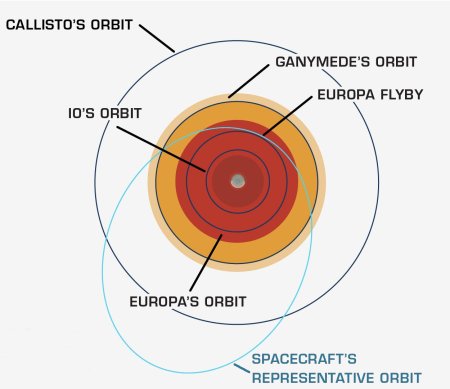NOAA and NASA declare the Sun has reached solar maximum
The uncertainty of science: During a press conference yesterday NOAA and NASA scientists announced that they now believe the Sun has reached solar maximum as part of its regular 11-year sunspot cycle.
“This announcement doesn’t mean that this is the peak of solar activity we’ll see this solar cycle,” said Elsayed Talaat, director of space weather operations at NOAA. “While the Sun has reached the solar maximum period, the month that solar activity peaks on the Sun will not be identified for months or years.”
Scientists will not be able to determine the exact peak of this solar maximum period for many months because it’s only identifiable after they’ve tracked a consistent decline in solar activity after that peak. However, scientists have identified that the last two years on the Sun have been part of this active phase of the solar cycle, due to the consistently high number of sunspots during this period. Scientists anticipate that the maximum phase will last another year or so before the Sun enters the declining phase, which leads back to solar minimum. Since 1989, the Solar Cycle Prediction Panel — an international panel of experts sponsored by NASA and NOAA — has worked together to make their prediction for the next solar cycle.
In other words, they have no idea yet it the actual peak has been reached. All they are really telling us is that the Sun is now in that maximum phase, something that has been very evident for many months.
This announcement is filled with a lot of blarney. For example, one scientist is quoted as saying the activity this maximum “has slightly exceeded expectations.” A simply glance at the graph they released, shown on the right, illustrates how wrong that statement is. The activity has been almost twice what was predicted (as indicated by the red curve). And though they say we have hit maximum, they admit they don’t know if we have reached the peak yet.
Having followed the predictions of the solar scientist community on this subject now for more than two decades, I have learned that this community knows far less than it lets on, and likes to exaggerate its capabilities to predict what the Sun will do. At the same time, they have also often played Chicken Little, warning everyone that if we don’t pay attention to them and do what they say, sun storms and solar activity will kill us all. (Interestingly, this announcement backs off somewhat from that doom-saying, making it a refreshing change.)
The uncertainty of science: During a press conference yesterday NOAA and NASA scientists announced that they now believe the Sun has reached solar maximum as part of its regular 11-year sunspot cycle.
“This announcement doesn’t mean that this is the peak of solar activity we’ll see this solar cycle,” said Elsayed Talaat, director of space weather operations at NOAA. “While the Sun has reached the solar maximum period, the month that solar activity peaks on the Sun will not be identified for months or years.”
Scientists will not be able to determine the exact peak of this solar maximum period for many months because it’s only identifiable after they’ve tracked a consistent decline in solar activity after that peak. However, scientists have identified that the last two years on the Sun have been part of this active phase of the solar cycle, due to the consistently high number of sunspots during this period. Scientists anticipate that the maximum phase will last another year or so before the Sun enters the declining phase, which leads back to solar minimum. Since 1989, the Solar Cycle Prediction Panel — an international panel of experts sponsored by NASA and NOAA — has worked together to make their prediction for the next solar cycle.
In other words, they have no idea yet it the actual peak has been reached. All they are really telling us is that the Sun is now in that maximum phase, something that has been very evident for many months.
This announcement is filled with a lot of blarney. For example, one scientist is quoted as saying the activity this maximum “has slightly exceeded expectations.” A simply glance at the graph they released, shown on the right, illustrates how wrong that statement is. The activity has been almost twice what was predicted (as indicated by the red curve). And though they say we have hit maximum, they admit they don’t know if we have reached the peak yet.
Having followed the predictions of the solar scientist community on this subject now for more than two decades, I have learned that this community knows far less than it lets on, and likes to exaggerate its capabilities to predict what the Sun will do. At the same time, they have also often played Chicken Little, warning everyone that if we don’t pay attention to them and do what they say, sun storms and solar activity will kill us all. (Interestingly, this announcement backs off somewhat from that doom-saying, making it a refreshing change.)










